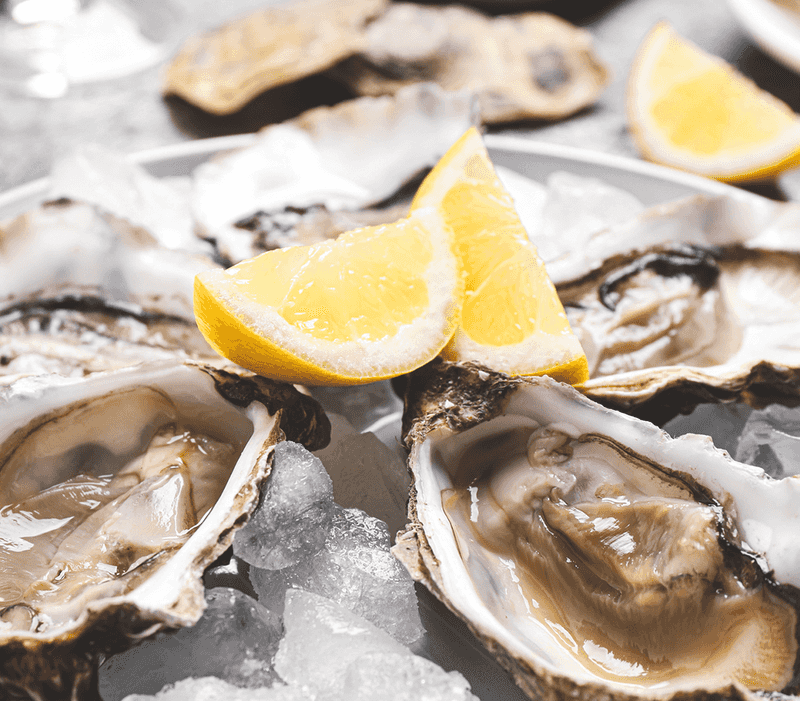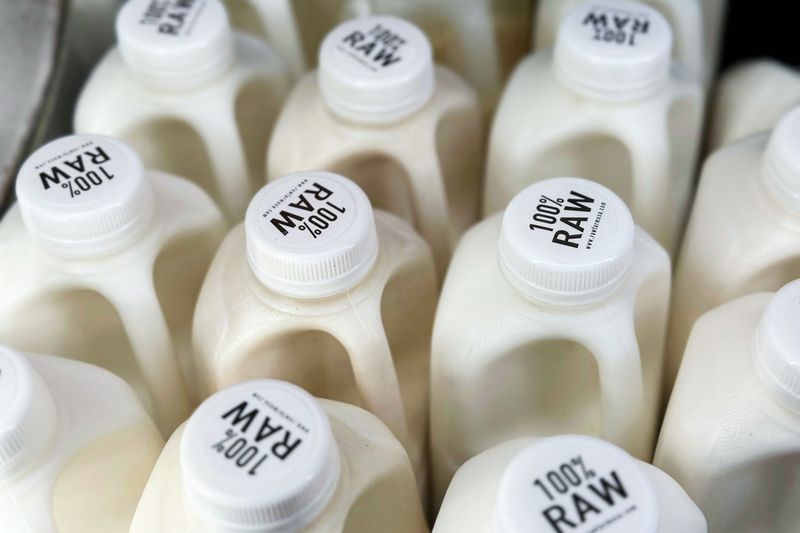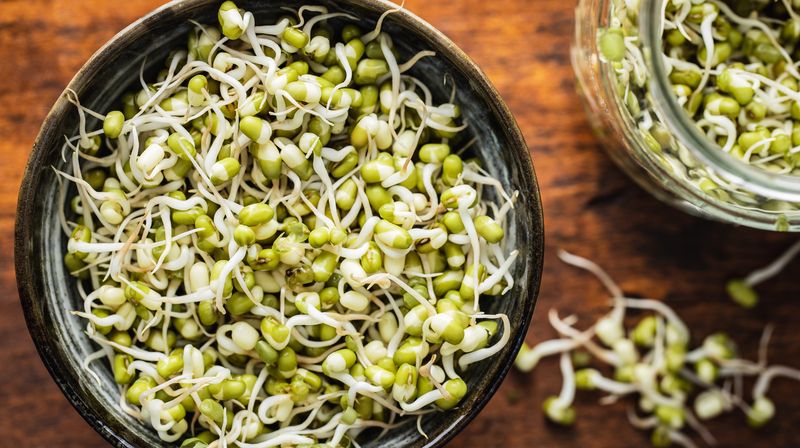Food poisoning is a common but preventable condition often caused by consuming contaminated foods. Certain foods are more prone to carrying harmful bacteria, viruses, or parasites, increasing the risk to your health. Here, we highlight five food items notorious for causing food poisoning, detailing why they should be approached with caution.
1. Raw Chicken

Raw chicken can be a breeding ground for harmful bacteria such as Salmonella and Campylobacter. These bacteria are often present on the surface of raw poultry and can cause severe gastrointestinal distress. Mishandling raw chicken, like using the same cutting board for vegetables, can lead to cross-contamination.
Always cook chicken to an internal temperature of 165°F to kill these bacteria. A thermometer is a kitchen must-have. Did you know? Chicken was domesticated over 8,000 years ago in Southeast Asia.
Ensure your kitchen surfaces and utensils are thoroughly cleaned after handling raw chicken to prevent illness.
2. Raw Eggs

Raw eggs, often used in homemade mayonnaise or salad dressings, can harbor Salmonella. This bacterium can cause symptoms ranging from mild stomach upset to severe dehydration.
The Centers for Disease Control and Prevention advise using pasteurized eggs for recipes requiring raw eggs. Interestingly, in the 1980s, a massive outbreak of Salmonella was linked to eggs, leading to changes in poultry farming practices.
Cracked or dirty eggs should be avoided as they might have increased bacterial exposure. Always refrigerate eggs and check expiration dates to minimize risks.
3. Raw Shellfish

Raw shellfish, especially oysters, can contain Vibrio bacteria, notorious for causing food poisoning. Consuming contaminated shellfish can lead to nausea, vomiting, and in some cases, severe infections.
Vibrio is more prevalent in warmer waters, so summer months pose a higher risk. Did you know that ancient Romans were avid oyster consumers, believing them to be an aphrodisiac?
To reduce risks, always buy shellfish from reputable sources and consider cooking them thoroughly. This ensures any harmful bacteria are destroyed.
4. Unpasteurized Milk

Unpasteurized milk, or “raw milk,” can contain harmful bacteria such as Listeria, E. coli, and Salmonella. These pathogens can lead to severe health issues, particularly in pregnant women, children, and the elderly.
Louis Pasteur developed pasteurization in the 19th century, significantly reducing milk-borne illnesses. Fun fact: Before pasteurization, milk-borne diseases were a leading cause of infant mortality.
Drinking pasteurized milk is a safer choice. It retains the nutritional benefits while eliminating the microbes that could cause illness.
5. Sprouts

Sprouts, while nutritious, are prone to bacterial contamination, including E. coli and Salmonella. The warm, moist conditions required for sprouting beans and seeds are also ideal for bacterial growth.
The FDA recommends cooking sprouts thoroughly to reduce the risk of foodborne illness. Did you know? Sprouts have been a part of Asian cuisine for over five thousand years.
If you love raw sprouts in salads or sandwiches, ensure they’re freshly sourced and washed thoroughly. Pregnant women, young children, and those with compromised immune systems should avoid them.

